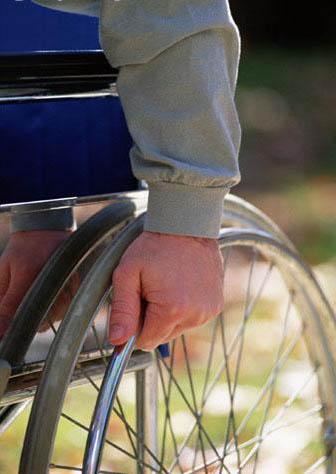To begin this section, I will return to Jock Young’s thesis. In his commentary on Claude Levi-Strauss’ work, Young postulates that while modern societies are increasingly more tolerant of diversity, they are decreasing tolerant of difficulty.
I suggest taking this hypothesis further. The intolerance of difficulty may be exactly what determines whether a society is anthropophagic or anthropoemic. To explore this idea, I suggest we take a look at the notion of rehabilitation. Though Americans certainly knew of the concept prior to the First World War, it is after the Armistice that it is brought into the mainstream.
Young proposes that at this moment in history, during the second phase of modernity, the western world becomes distinctly anthropophagic. Suddenly, mainstream culture is obsessed with the notion of rehabilitation, believing that “deviants are there to be absorbed. Criminals are rehabilitated, madmen and drug addicts cured, immigrants assimilated, teenagers 'adjusted', dysfunctional families counseled into normality.” 1
With the advent of the prosthesis, this idea begins to apply to the disabled as well. For centuries, the disabled had been thought of as lacking, an incomplete human. But combined with America’s obsession for rehabilitation, the prosthesis allows for “another way of sequencing all this: we can replace what is missing, and this leads to retraining, and that to redeploying then to reintegrating, and that is rehabilitation.”

This rethinking is an enormous step. It paves the way for virtually all future research in biomedicine. Yet it is important to remember that at this point, the American public still conceptualized the prosthesis as a simple replacement for a physical abnormality. The replacement exists not so much to eliminate disability, but impairment. Recall that the difference between these two terms is social bias. The prosthesis in this era exists solely to grant to war veterans and disfigured civilians the ability to return to the work environment, able again to walk with the aid of a wheelchair or work on an assembly line freshly equipped with a new, iron hand.
Simply put, the American people had neither the time nor the resources to invest fully in biomedicine and the social aspect of disability. The crisis created by the sudden influx of maimed war veterans was a purely physical one. Once the problem of returning handicapped men to a physical state suitable for working in an industrialized environment had been solved, there was little need for continued exploration of the prosthesis.
In addition, with the onset of the Great Depression, the difficulty factor of any individual who could not work increased tenfold. With no money to spare, America could not afford to care for those who could not contribute their worth. For the next two decades, research into the prosthesis plateaus. Biomedicine remains at this level of advancement until the next great crisis of the body.
Back to The Wheelchair Table of Contents
Footnotes
1 Stiker, p. 128
